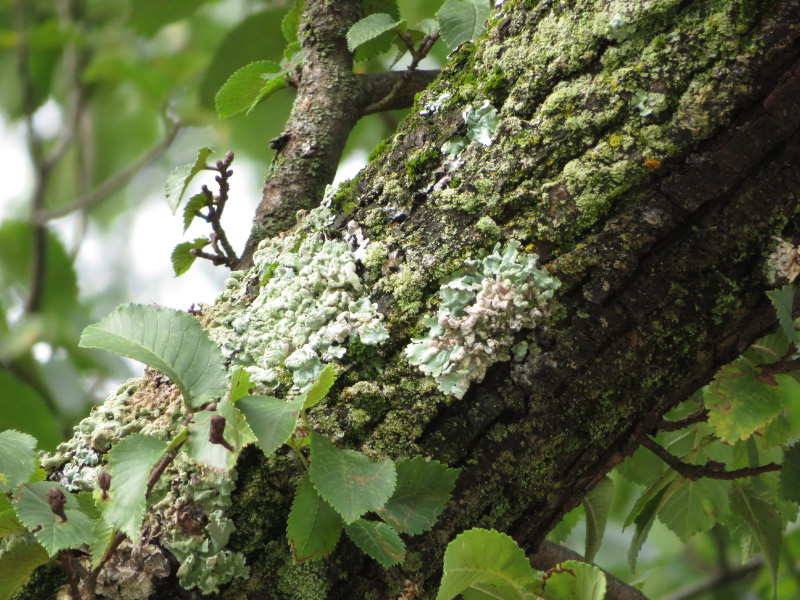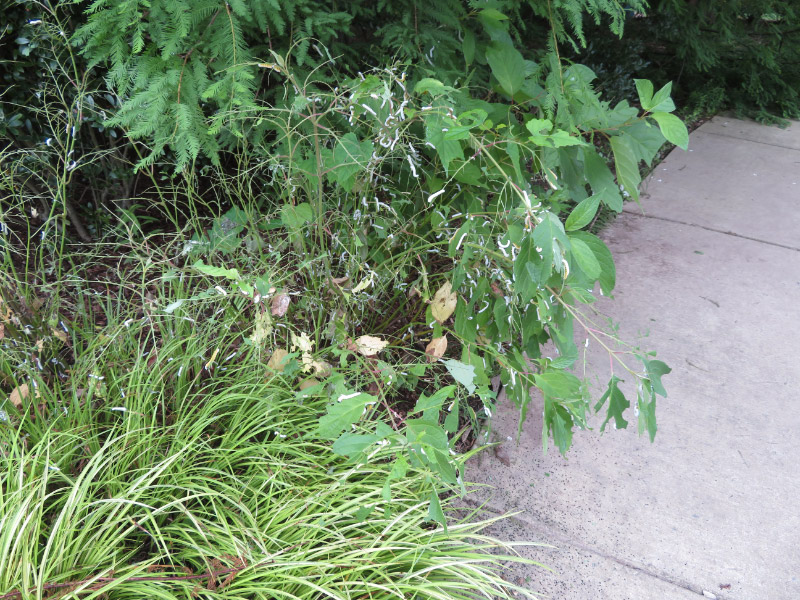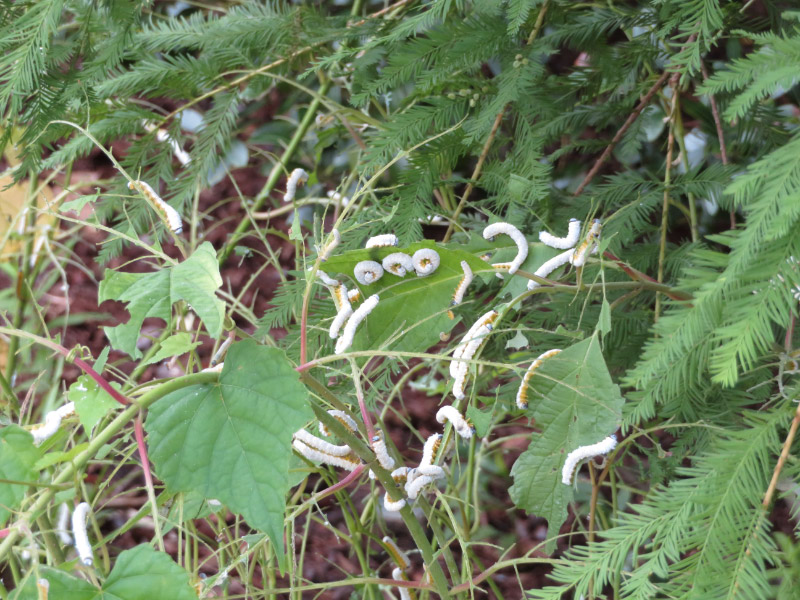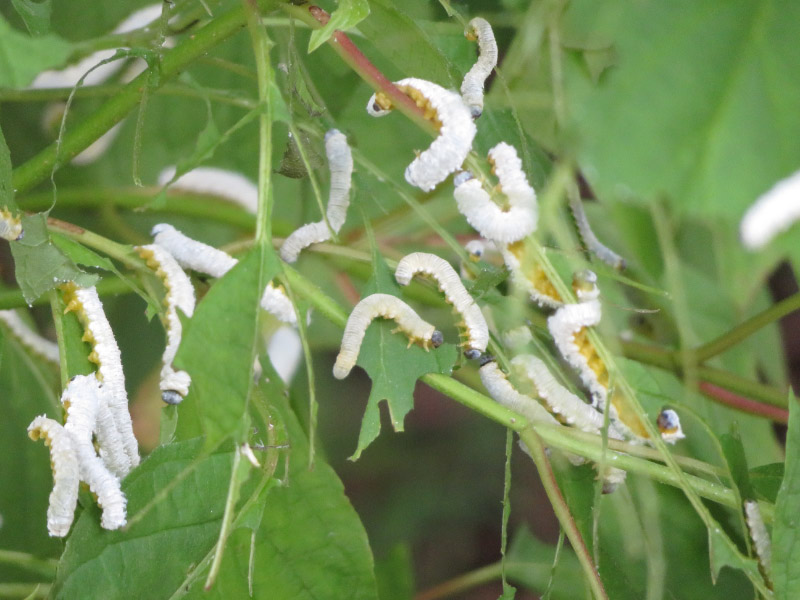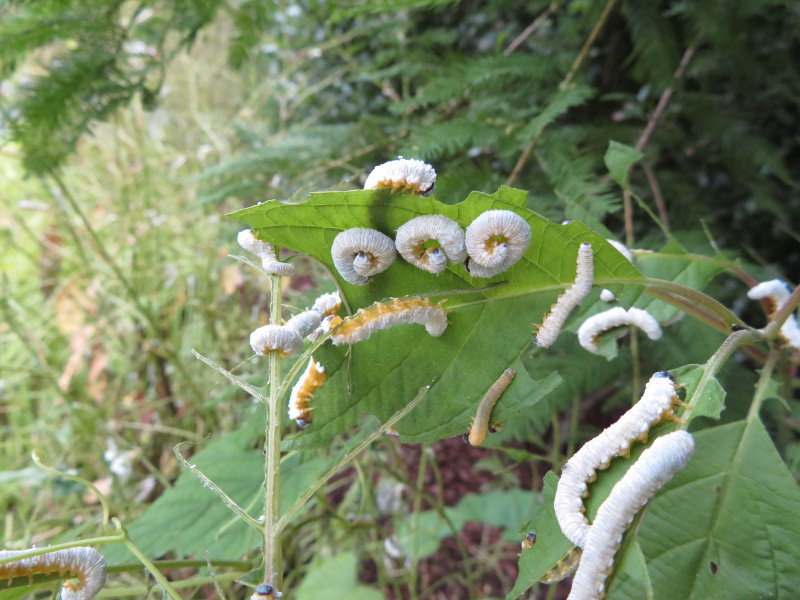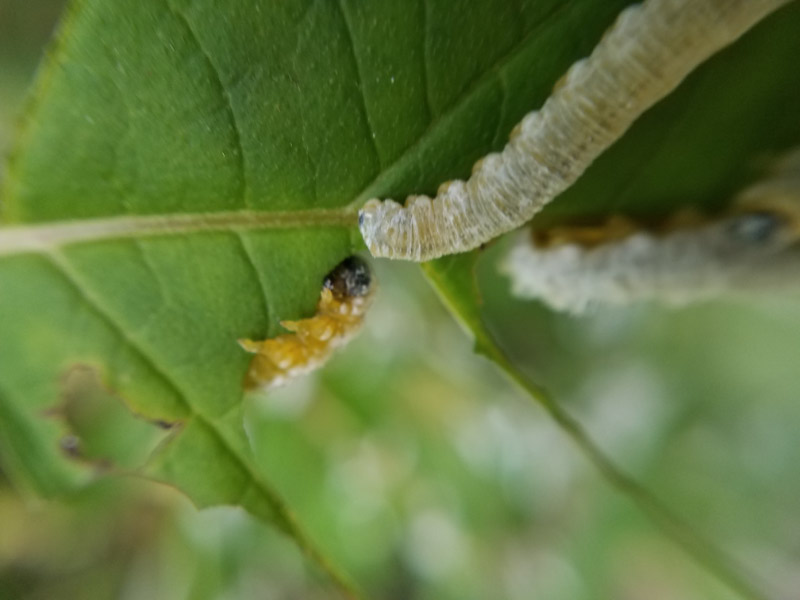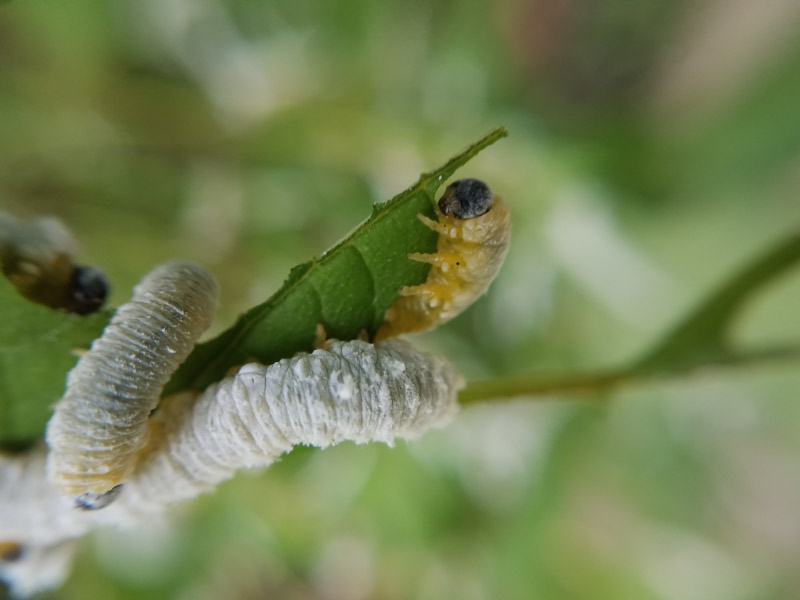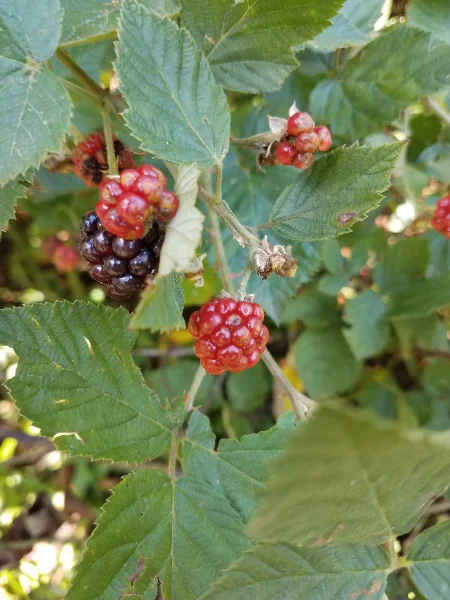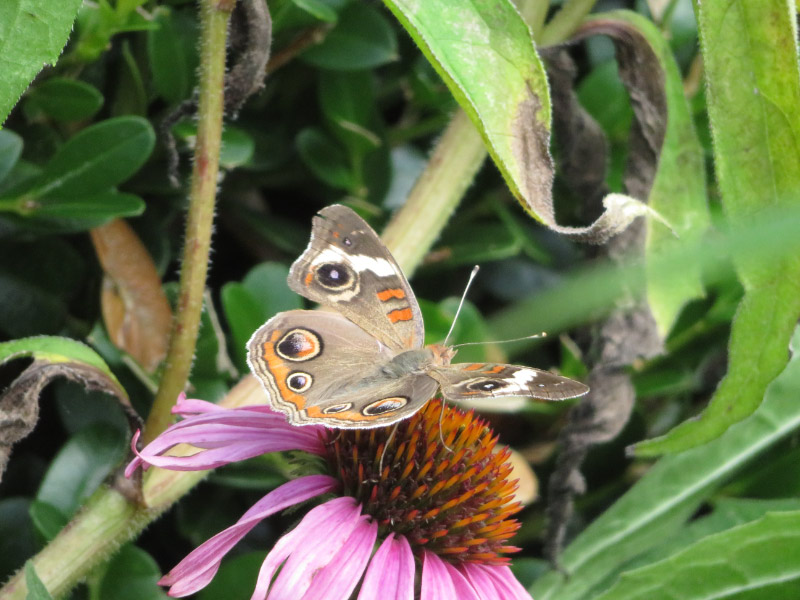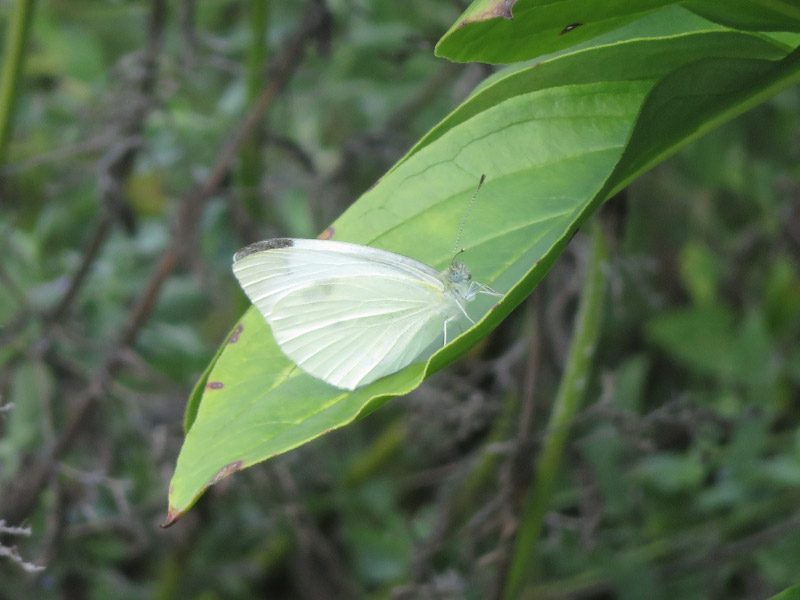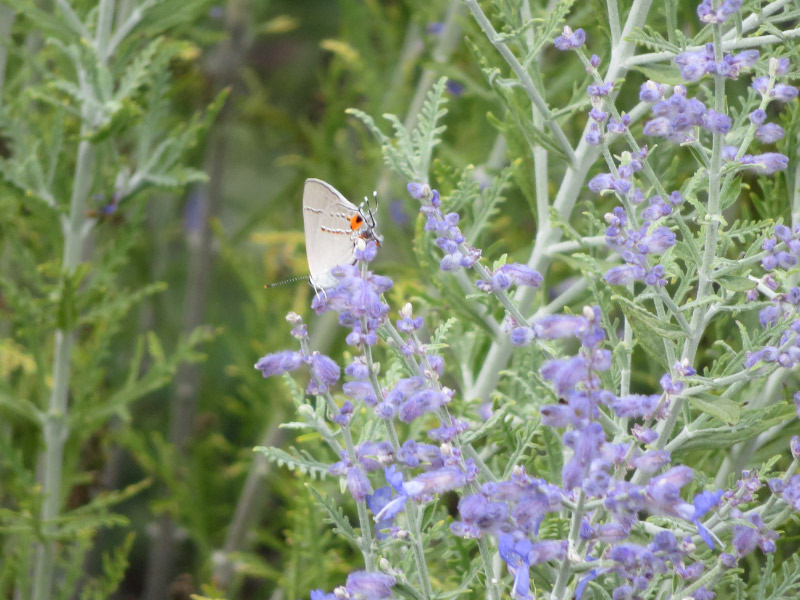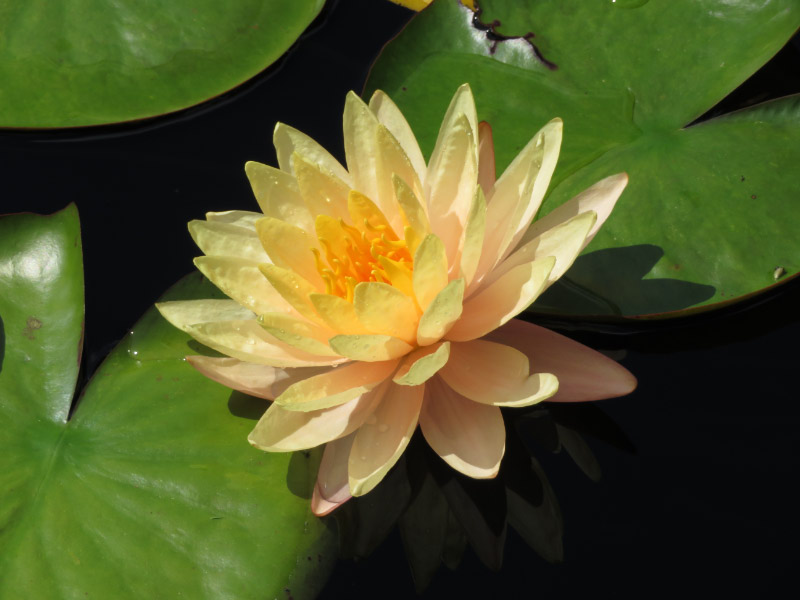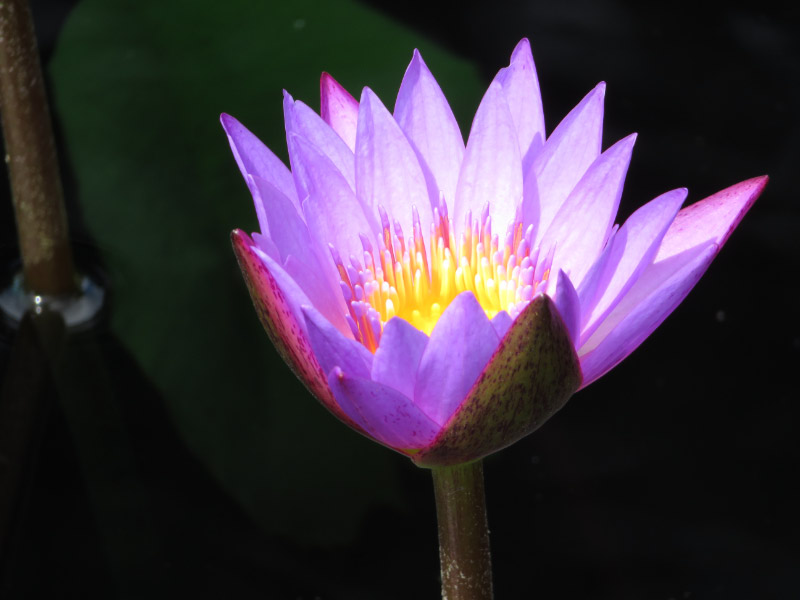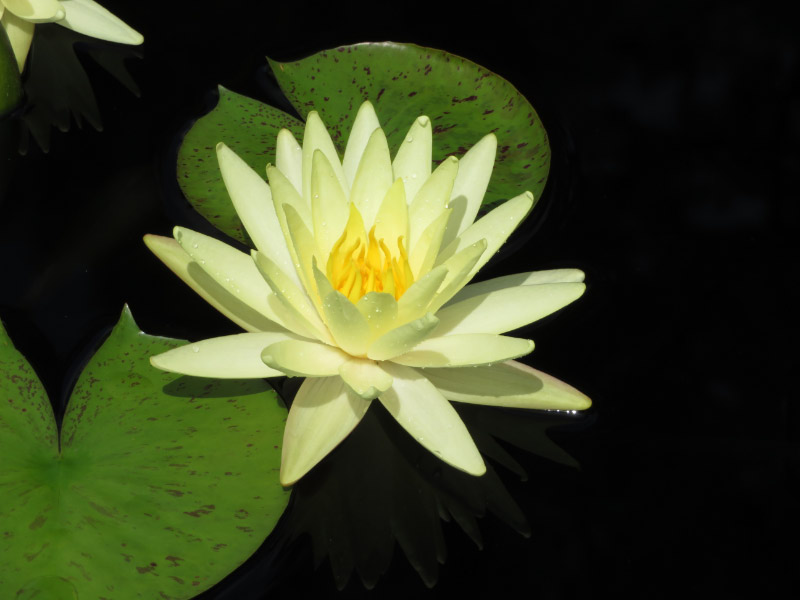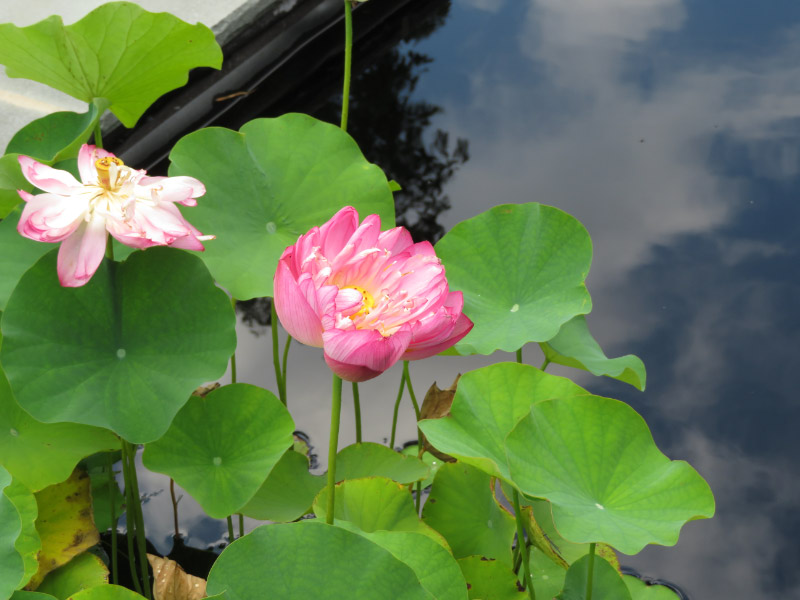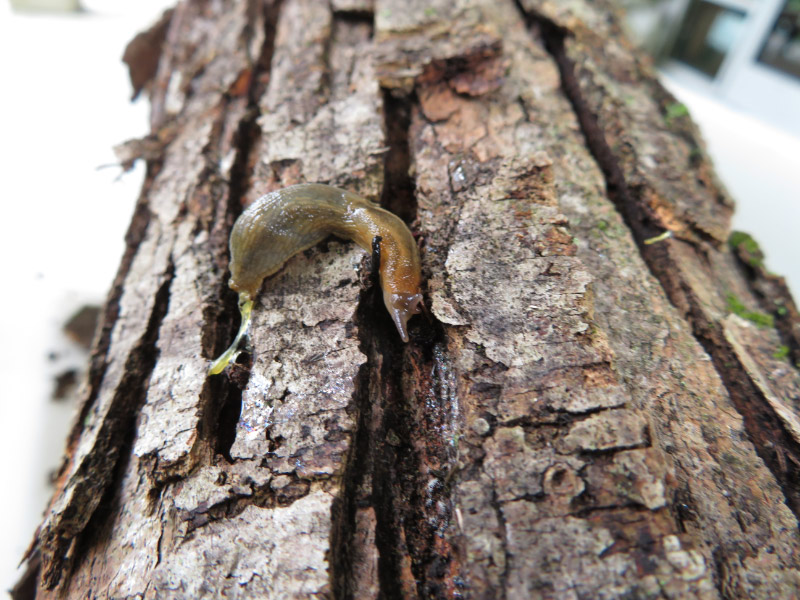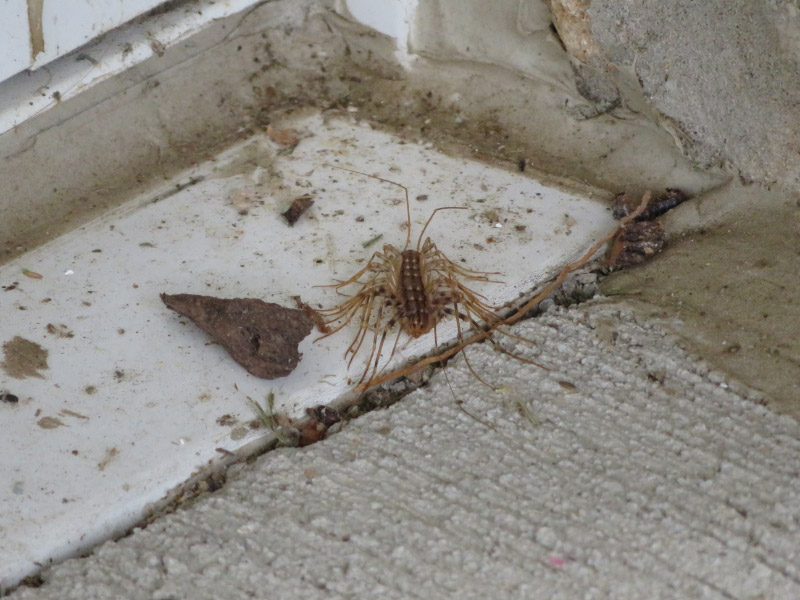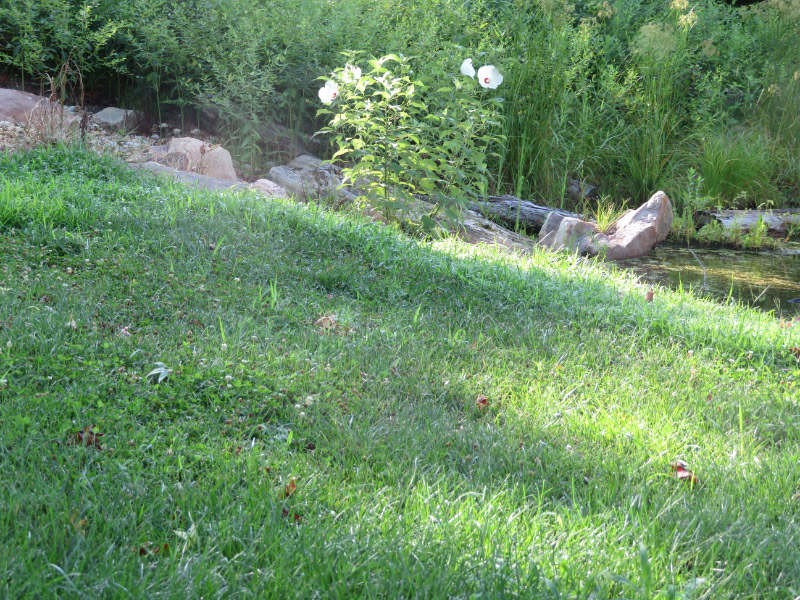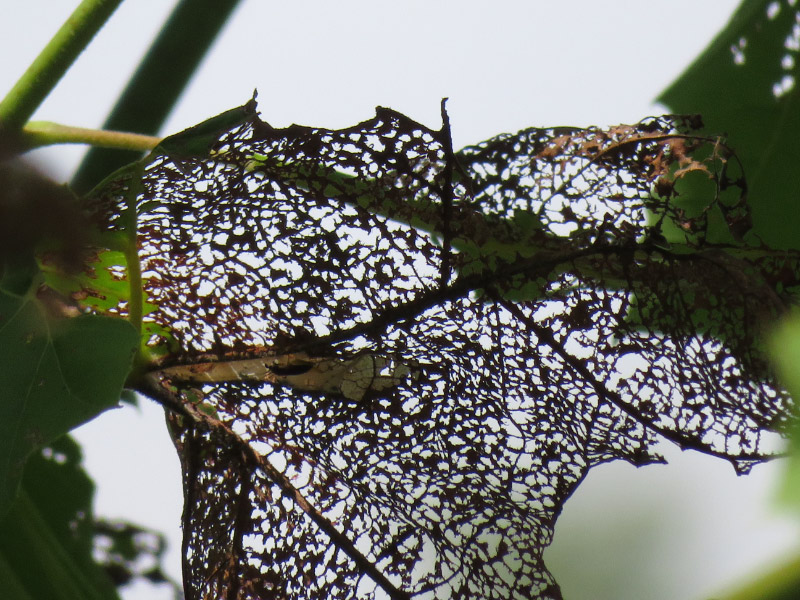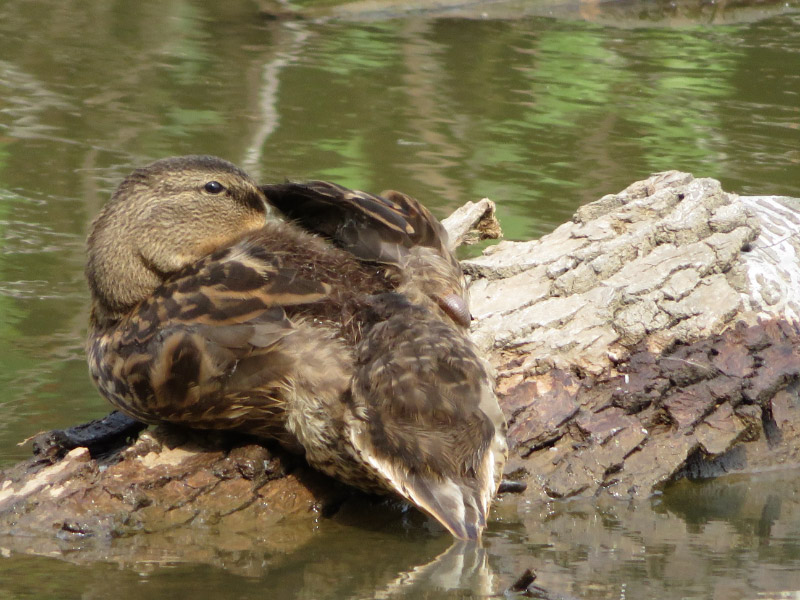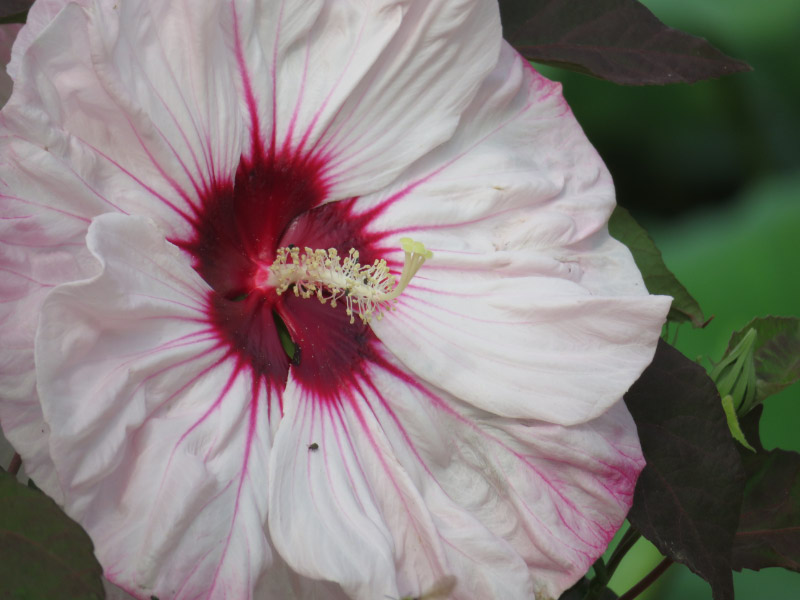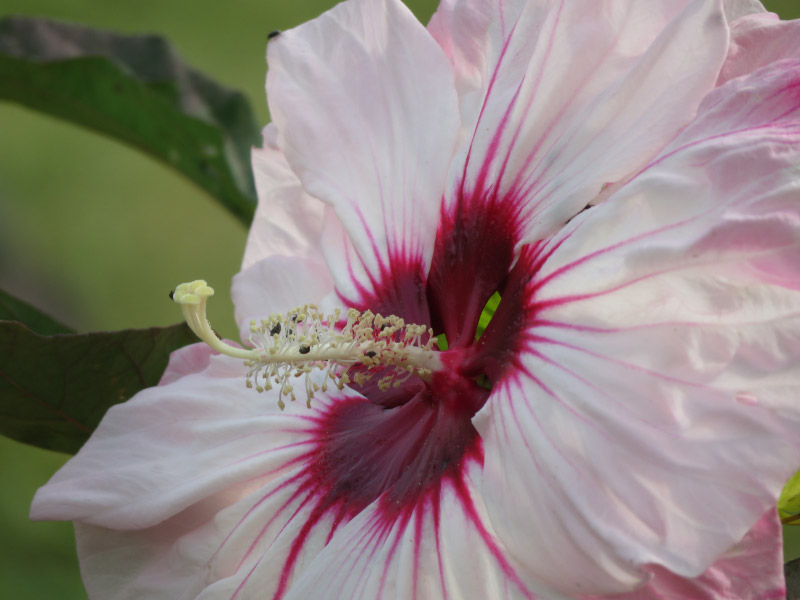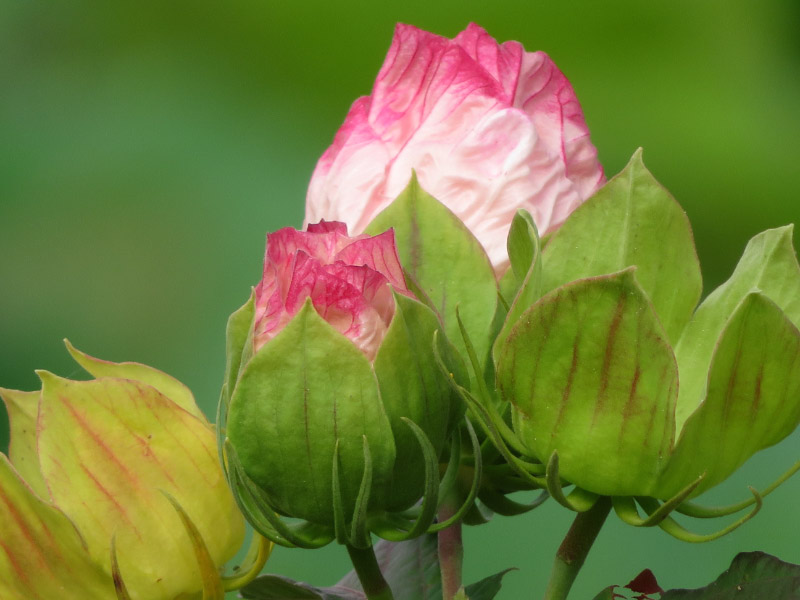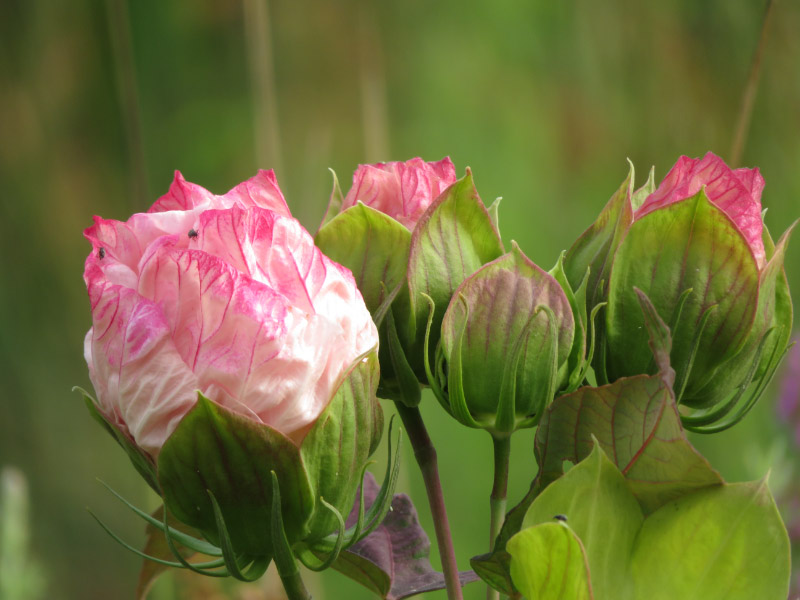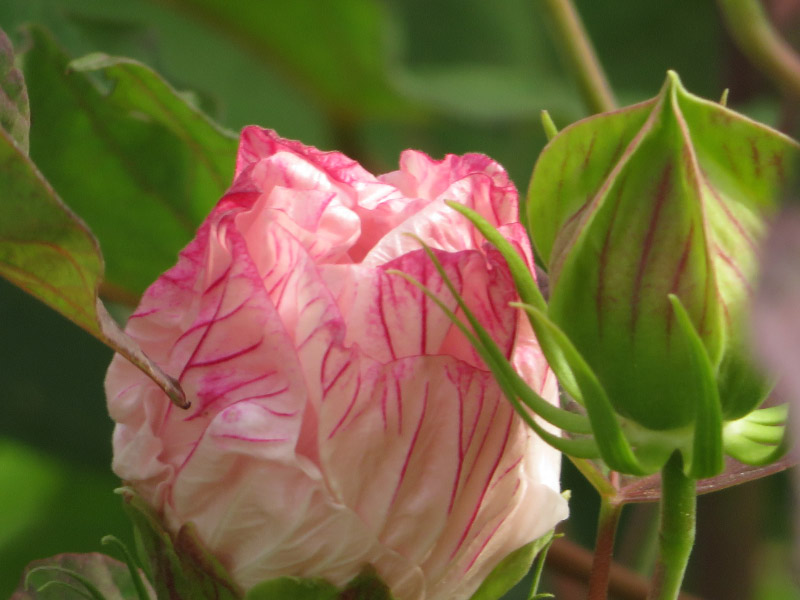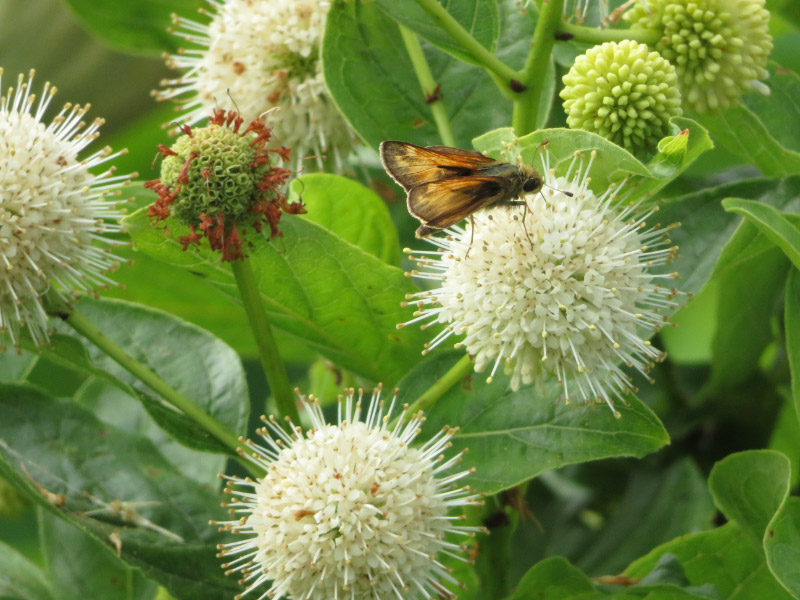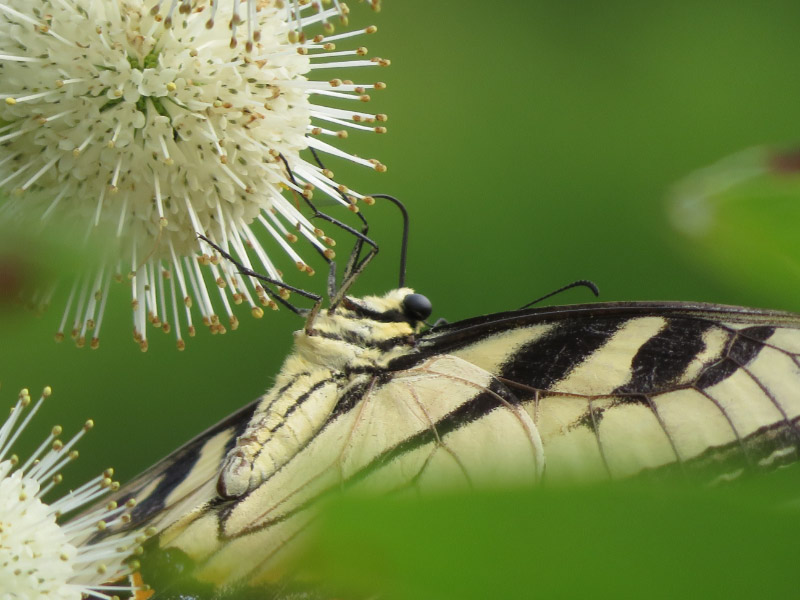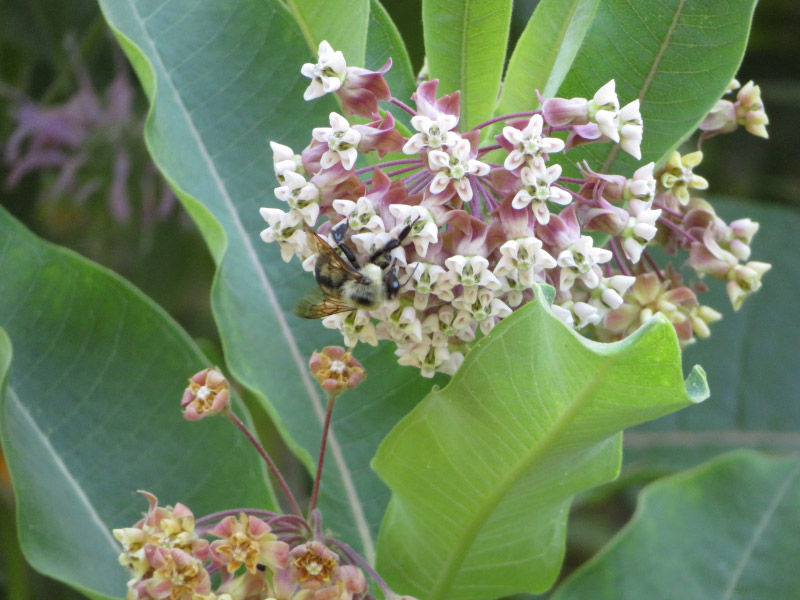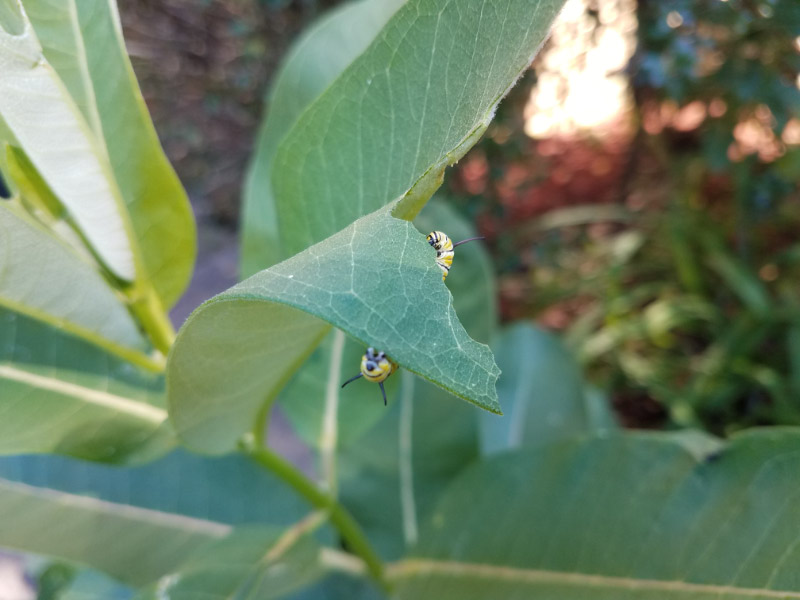Belmont Hikes with Summer Campers IV
/Last week was probably the longest hike of the season for the summer campers at Howard County Conservancy’s Belmont location. It was the combined group of campers so when we started there were just under 30 campers and all their junior counselors and counselors. More than half of them made it the whole distance.
While we were getting organized I took a few pictures of the lichen and moss in the large English Elm to the side of the carriage house. I also noticed that there was more moss than before on the roof of the carriage house – probably from all the rain we’ve gotten this summer; we go for days where nothing dries out completely.
Once we headed out, I didn’t have much time for taking pictures. We cut across the mowed grass field to connect with the Morning Choice trail and enter the forest near the grove of Bigleaf Magnolias. We saw at least one seed pod high in the trees. They have the look of tropical trees with their large leaves.
We continued – connecting with the Ridge Trail and noticing that the trail that goes down the Avalon Area in Patapsco Valley State Park was closed. On and on through the forest – noticing some trees that had recently fallen – their roots not being able to keep them upright in the soggy soil. Even though it was the Ridge Trail it was up and down…we even crossed a stream. We stopped for a little bit longer rest.
I photographed a millipede. There were several that the campers found…very pleased with themselves since the critters are well-camouflaged in the forest.
We finally made a final trek into the valley and over a little stream we were all familiar with because of its proximity to the Carriage House. It was time for lunch and I had already met my 12,000-step goal for the day before noon! Everyone was tired…in a good way…thrilled to have made it back from our trek.

